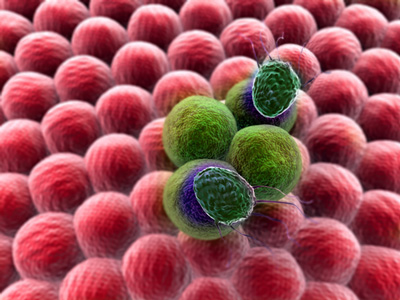Scientists design new CAR architecture with switch-on system
Posted: 12 January 2016 | Victoria White | No comments yet
A new study describes the design of a CAR architecture with an integrated switch-on system that permits control over CAR T-cell functions…


Cellectis has announced the publication of a study describing the design and development of a new CAR architecture with an integrated switch-on system that permits control over CAR T-cell functions.
This integrated switch-on system offers the advantages of controllable CAR T-cells for safety while allowing for the possibility of multiple cytotoxicity cycles using a small molecule drug.
The possibility to control spatially and temporally the CAR T activity is very desirable to mitigate potential unwanted risks, such as cytokine-release syndrome (CRS). When this syndrome occurs, there is a rapid and massive release of cytokines into the bloodstream, which can lead to dangerously high fevers and precipitous drops in blood pressure.
Biomarkers aren’t just supporting drug discovery – they’re driving it
FREE market report
From smarter trials to faster insights, this report unpacks the science, strategy and real-world impact behind the next generation of precision therapies.
What you’ll unlock:
- How biomarkers are guiding dose selection and early efficacy decisions in complex trials
- Why multi-omics, liquid biopsy and digital tools are redefining the discovery process
- What makes lab data regulatory-ready and why alignment matters from day one
Explore how biomarkers are shaping early drug development
Access the full report – it’s free!
Another unwanted risk that could potentially be avoided with an integrated switch-on system is Off-tumour/on-target effect. Off-tumour/on-target toxicities are the recognition of normal tissues expressing the tumour-associated antigen.
An important advancement in improving CAR T-cell technology
To date, few strategies are available and mostly rely on suicide mechanisms that ultimately lead to a complete eradication of the engineered T-cells, thus resulting in a premature end of the treatment. Consequently, implementing non-lethal, spatio-temporal control of gene edited CAR T-cells represents an important advancement in improving the CAR T-cell technology.
In the newly published report, Alexandre Juillerat, Ph.D., and his collaborators engineered a system directly integrated within the CAR architecture. In particular, they showed that such system turns a CAR T-cell from an off-state to an on-state upon addition of a small molecule, inducing the cytolytic properties of the gene edited T-cell. Overall, this non-lethal system not only offers the advantage of a temporal control of activation to mitigate the risk of CAR-induced toxicities but also enables opportunities for spatial activation of the engineered CAR T-cells using local targeted drug delivery.
Related topics
Drug Delivery, T cells
Related organisations
Cellectis







